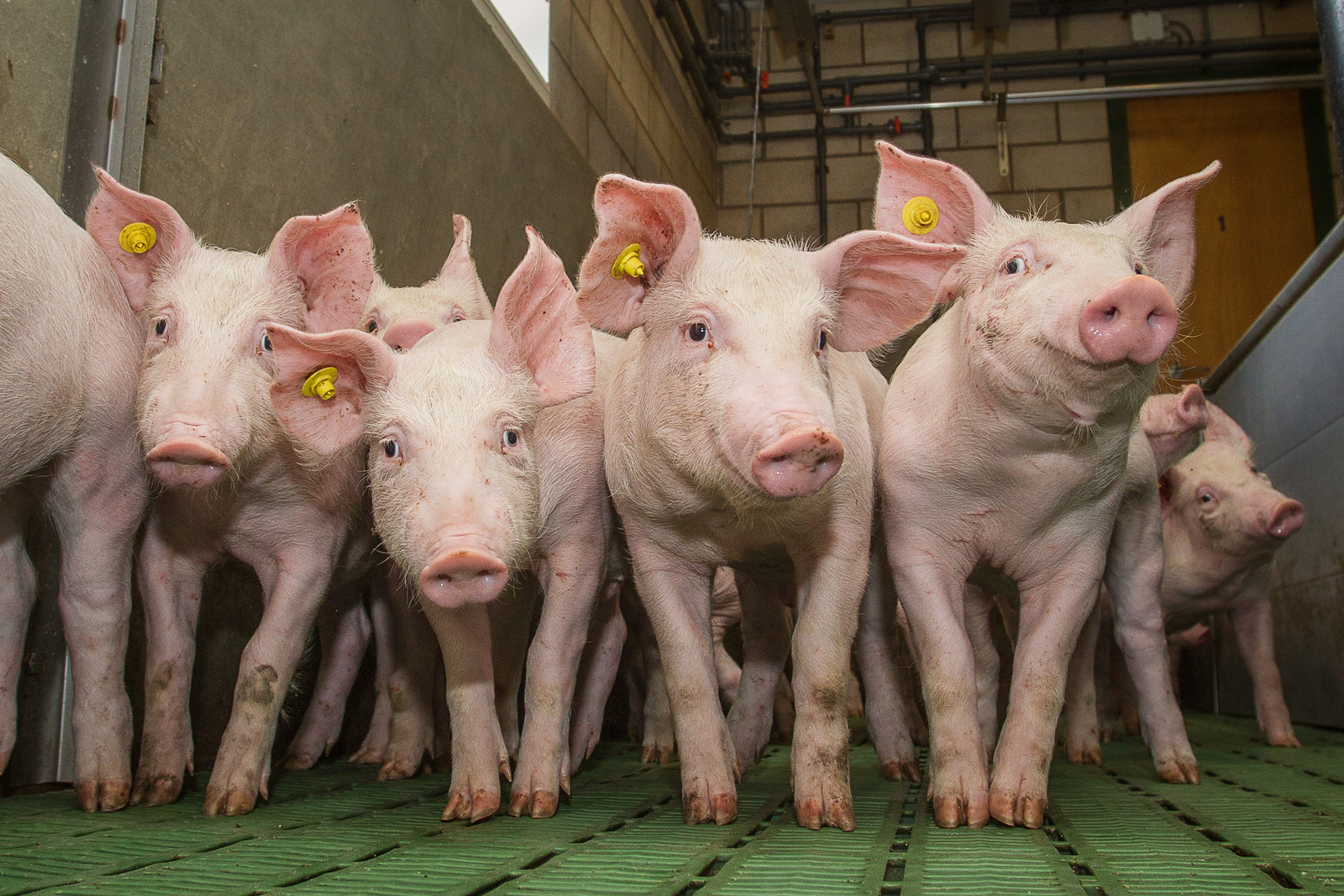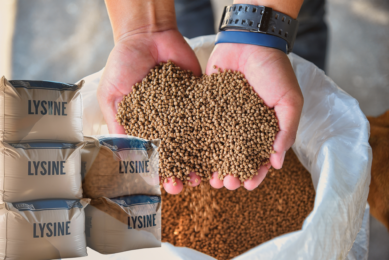Piglets have a lower amino acid digestibility

Piglets have a lower average standardised ileal digestibility (SID) than their older counterparts. In fact, SID for crude protein and amino acids is different per age group in pigs.
That, in short, was the result of a recent meta-analysis by researchers from the University of Illinois, United States, and Hamlet Protein, Denmark.
In a recent abstract presentation, the researchers highlight that ileal digestibility of crude protein (CP) and amino acids in piglets (<20 kg) is lower than in growing (20-50 kg) and finishing (50-110 kg) pigs. results also indicated that differences among weight groups of pigs most likely are feedstuff specific.>
Digestibility of crude protein and amino acids
As an example, the digestibility of crude protein and amino acids in the protein product HP 300 (Hamlet Protein) has been determined only in piglets, whereas digestibility values for crude protein and amino acids in de-hulled soybean meal (48% crude protein) have been generated from all weight groups of pigs. The average standardised ileal digestibility (SID) for crude protein in HP 300 is 89.5%, whereas the SID for crude protein in soybean meal is 85.5%.
However, the average SID for crude proteins in soybean meal if determined in piglets (<20 kg) is only 81.0%. therefore, it may be concluded that using values across all weight categories of pigs may not always provide a true picture of the differences in sid of crude protein and amino acids among feed ingredients fed to piglets.>

Also read: Amino acids requirements for pigs
Over-estimating the true digestibility for weaned piglets
The practical implication of this report is that most current formulation practices using digestibility values based on growing and finishing pigs inherently over-estimate the true digestibility of the raw materials for the weaned piglet. It is unknown at this time if there is a consistent age-related change across raw materials. If the digestibility change is not consistent, the typical formulation approach using growing and finishing pig digestibility values will rank raw materials incorrectly for the young pig.
Dr Hans H. Stein, lead researcher from the University of Illinois, said, “We have tried to summarise all of our data on soy products in pig feed by combining data from all peer-reviewed publications on the nutritional value of soy products for pigs. This has resulted in a complete overview of the nutritional values of all soy products. We have also divided the results by pig weight at the time of the trials and we conclude that smaller pigs have a lower digestibility of amino acids than older pigs.”
Correspondence with Canadian research on piglets
Dr Carsten Pedersen, on behalf of Hamlet Protein, said: “Our findings correspond with another study from University of Alberta, Canada, ‘Amino acid digestibility determined in growing-finishing pigs may not be applicable for weaned piglets’, by Dr Soenke Moehn, 2015. The study compared SID of crude protein and amino acids in soybean meal and canola meal in piglets (8.1 kg) and growing-finishing pigs (59.1 kg). Dr Moehn concluded there that the large differences, and inconsistency across feedstuffs, indicate that the standard ileal digestibility of amino acids should be directly determined in piglets instead of being extrapolated from growing or finishing pigs.”
Apart from Dr Stein and Dr Pedersen, the meta-analysis was set up by Dr J.A. Almeida, University of Illinois. The abstract called ‘Effect of weight on standardized ileal digestibility of protein and amino acids in pigs’ was presented at the 13th edition of Digestive Physiology of Pigs, held in Kliczków, Poland, this May.












